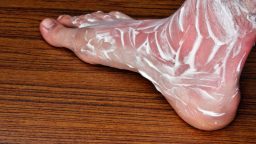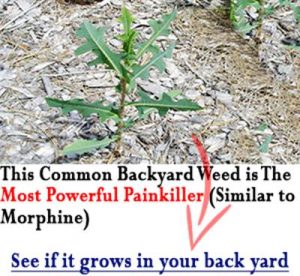Rashes can be at the least, inconvenient, and at the worst incredibly painful. There is any number of reasons a rash may appear. Allergies, toxic plants, and illnesses are the main categories, but within those, especially allergies, it can sometimes be impossible to figure out why the rash is happening.
Please note, if a rash progresses rapidly, appear for no external reason, or it accompanied by other symptoms like sinus or chest congestion or trouble breathing this may be a sign of a severe allergy. In these cases, you should seek medical treatment and work with your doctor to identify the catalyst.
For temporary issues, like heat rash or mild poison ivy, natural remedies can be used to relieve symptoms and help the skin heal more quickly.
Related Article: Identifying and Understanding Poison Ivy
Aloe Vera
This plant in the succulent family contains anti-fungal, anti-bacterial, and anti-inflammatory compounds that make it a great all-purpose skin ointment. Use for rashes, burns and other skin irritations to relieve symptoms and accelerate the healing process.
Apple Cider Vinegar
Raw, organic apple cider vinegar like Braggs is a common home remedy for lots of ailments, including rashes. Dap the diluted vinegar over the affected area with cotton or a soft, clean cloth.
Baking Soda
Add 1 Tablespoon baking soda to 3 tablespoons water or coconut oil to use as an ointment to help dry out a skin rash and relieve itching and inflammation. To use, apply daily and let sit for a few minutes and then rinse off. Avoid leaving the soda on the rash for an extended period. This could lead to over-drying or other irritation.
Chamomile
Chamomile relieves the itching rashes cause and soothes the skin. It also has anti-inflammatory, antiviral and antifungal compounds that help ward off complications during the healing process.
Soak a paper towel or soft, clean cloth cooled, steeped chamomile tea and applied to the areas 2-3 times a day.
Coriander aka Cilantro
Also a good source of anti-inflammatory and antiseptic compounds, Coriander can be an effective treatment for rashes and other skin irritations.
Make a paste from fresh coriander (cilantro) leaves. Mix in a little olive or coconut oil to make it easier to apply. Apply the mixture to the rash areas 1-2 times a day.
Oatmeal
Oatmeal is a great go-to for any type of skin irritation including rashes and burns. If you only have “Old Fashioned Oats” put a cup of dry oatmeal through the blend cycle of your food processor or blender to get a finely ground consistency. Add the ground oatmeal to a warm (not hot) bath and soak for 15-20 minutes. Rinse with cool water in the shower and pat dry. Apply a layer of coconut or olive oil to moisturize your skin without causing more irritation to the rash.
For rashes in the facial area, mix equal amounts of the ground oatmeal with olive oil, coconut oil or honey and apply.
Oil and Honey
The vitamin E and antioxidants in olive oil and coconut oil assists in the healing process and aids in skin renewal. Used by itself topically or combined with honey for extra soothing and anti-bacterial benefits, apply several times a day until the skin has healed.
Suggest Article: 5 Wonderfully Natural Remedies to Treat Dry Skin
Oil and Turmeric
Out of honey? Add a pinch of turmeric from your spice rack into oil or coconut oil. Similar to honey, turmeric has anti-bacterial and anti-inflammatory compounds that will help soothe the rash and reduce itching as it heals.
Keep Your Pantry Stocked, and You’re Good to Go
Try each method to see which ones work best for you, then make sure you have the preferred items in stock for easy and natural relief treatment of your next rash.
Would you like to learn more alternative medicines? Click here>>>



